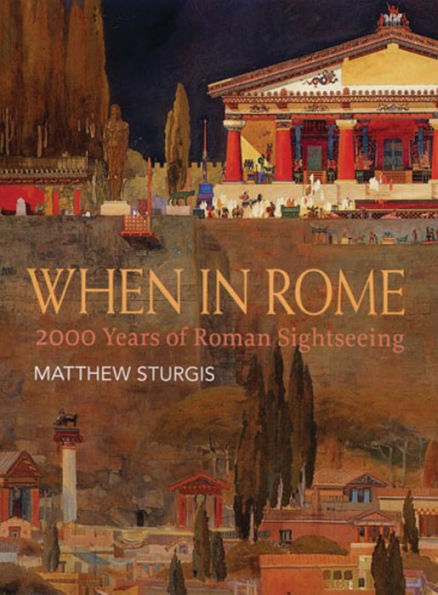Read an Excerpt
1 REPUBLICAN ROME
In the middle years of the second century BC Rome was under threat. The danger, however, was not military. It was the one-legged sideboard that, apparently, posed the gravest danger to Rome's power - at least according to the historian Livy. There were other worrying signs: bed curtains, bronze couches, and a fad for female lute players at private banquets. To the stern fathers of the Roman Republic these corrupting manifestations of 'Eastern luxury' were deeply troubling. It seemed as though the very moment of Rome's triumph might contain the seeds of her future downfall.
This was the period at which Republican Rome reached its apogee. After four centuries of continual warfare, the city's brilliantly organized, and ruthlessly efficient, citizen-armies had achieved an almost undisputed dominance over the Mediterranean World. They had conquered not just all the peoples and towns of the Italian peninsula, but also the powerful empire of Carthage stretching from North Africa into Spain, and - one by one - the sophisticated city-states of Greece. The final victories were achieved in 146 BC when the fabulously rich port of Corinth fell, and the once-great city of Carthage was razed to the ground.
Military success brought prestige and security to Rome. It also brought change - or at least the beginnings of it. Roman armies, returning from their campaigns among the Greek cities of southern Italy, Sicily and mainland Greece, carried with them new ideas, new tastes, and new one-legged sideboards.
Other novel artefacts arrived as well. Marcus Marcellus, was credited with introducing Greek art into Rome. The plundered statues and pictures that he brought back following the conquest of Syracuse in 211 BC gave Romans a first glimpse of an uncharted aesthetic world of taste and refinement. Previously most Roman statues, like their Etruscan models, were subtly stylized forms made from terracotta or wood, but here were exquisite, almost naturalistic, works in bronze and marble and ivory.
Over the next decades more arrived. The spoils of wealthy Tarentum were paraded through Rome in 209 BC. And when M. Fulvius Nobilior took Ambracia, the first city in mainland Greece to fall to Roman arms, he is said to have carried off 785 bronze and 230 marble statues for his Triumph. Set up in Rome's streets and squares, they provided conspicuous evidence of change, and also of wealth.
This was the 'germ of luxury', that - according to many wise heads - was threatening to infect the austere farmer-soldiers of the Roman Republic. (By the mid-second century BC there were, it must be admitted, few actual farmer-soldiers at Rome, but the type remained the ideal of the state's carefully cultivated self-image; and a potent ideal it was.)
The infection of luxury, obvious though it was to contemporary Roman moralists, would have been very much less clear to any of the thousands of foreigners who arrived in the city from across the Mediterranean world during this same period. They came from other parts of Italy, from conquered Carthage and its former lands, from rich Egypt, from Greece, from the Asian provinces (in modern Turkey), all drawn by Rome's power and Rome's wealth. Some were shipped as slaves, not a few travelled in embassies to plead before the Roman senate; even more came to seek their fortunes - as merchants, doctors, teachers, craftsmen and artists. At one level, almost all of them must have been disappointed by what they found.
Rome, in the mid-second century BC may have been a superpower, but she was not yet a super city - certainly not when compared to the great centres of the Greek-speaking world: Alexandria, Pergamum, Athens, Syracuse, Ephesus, Corinth and the rest. With the



